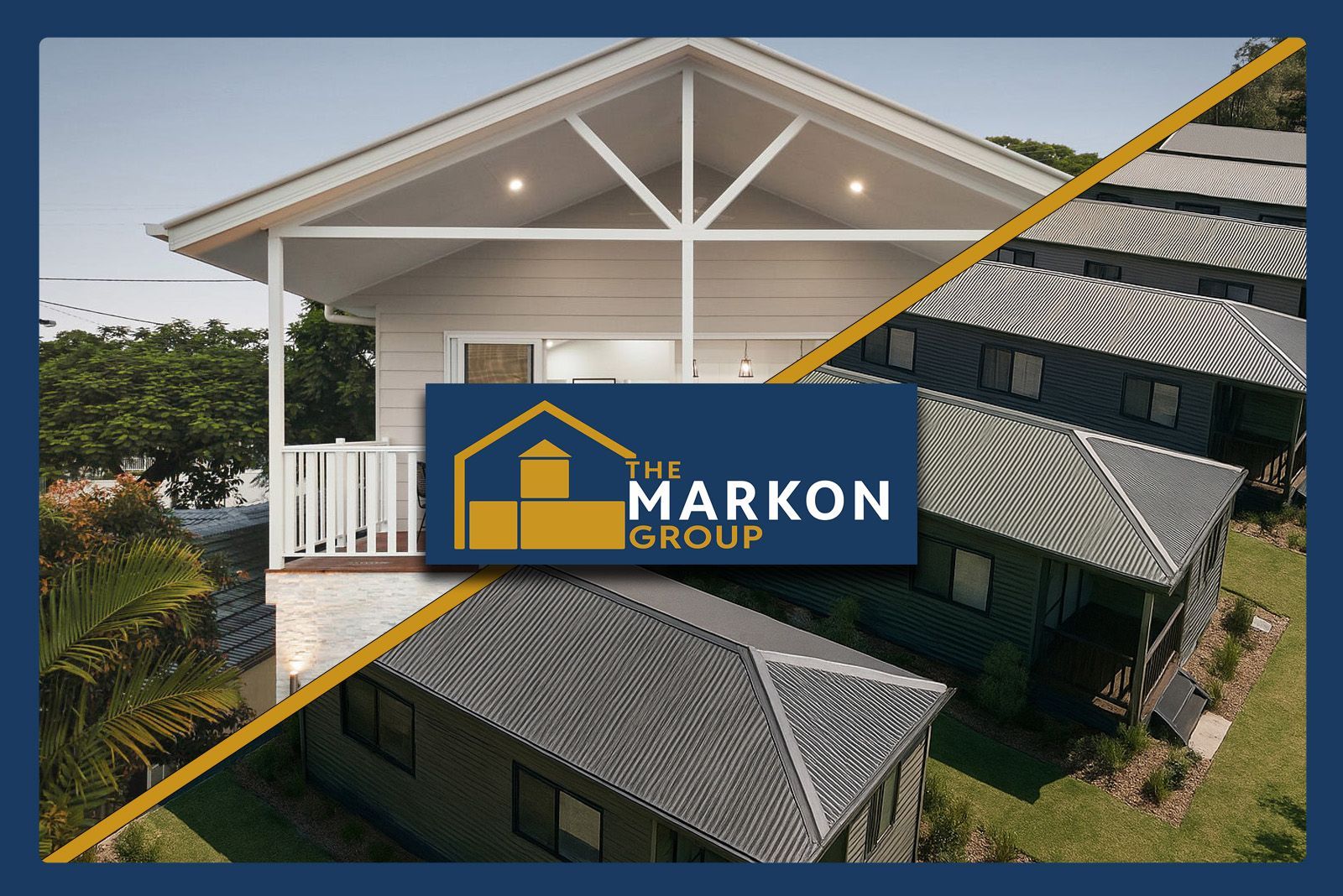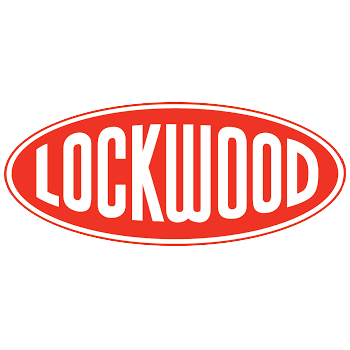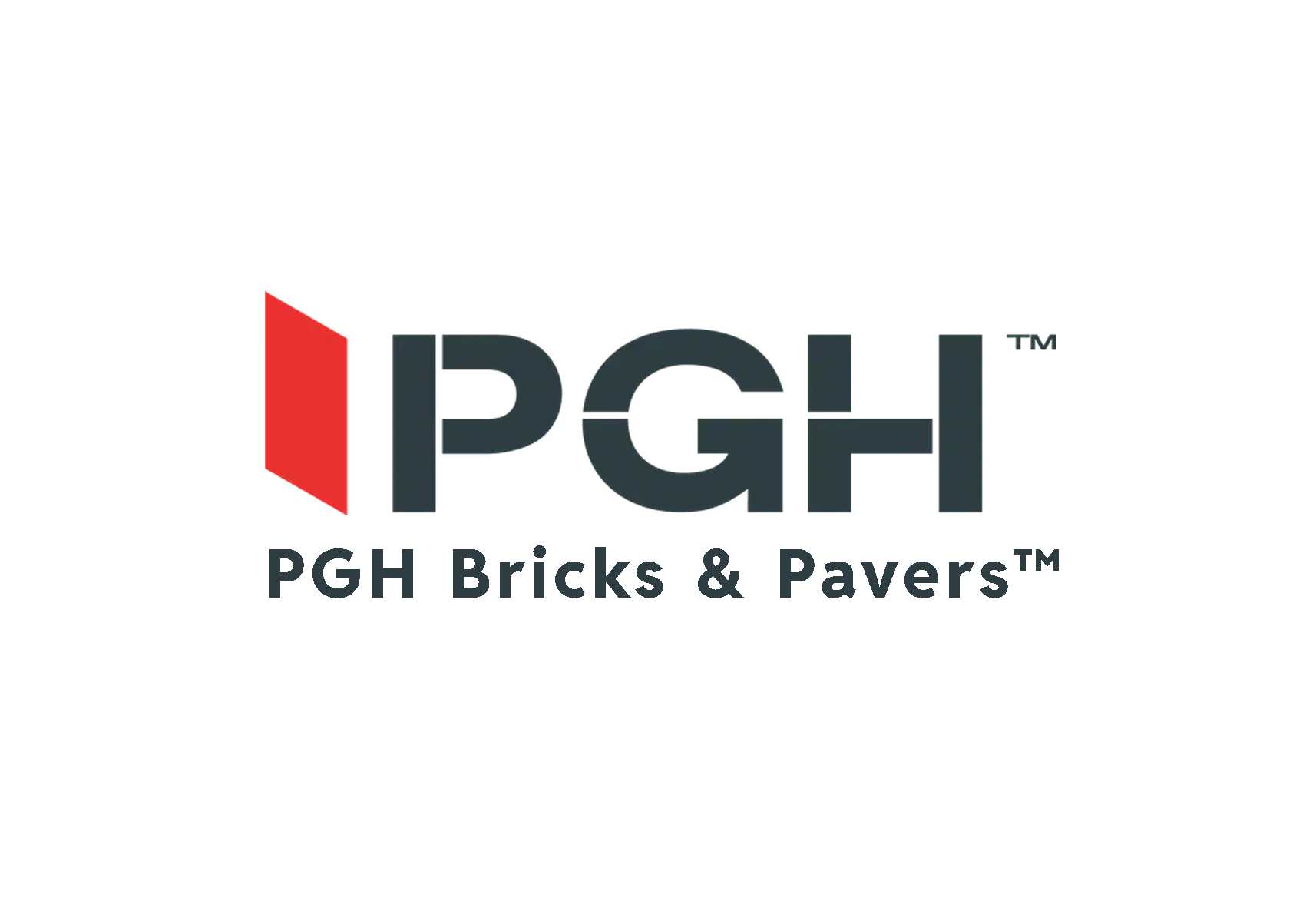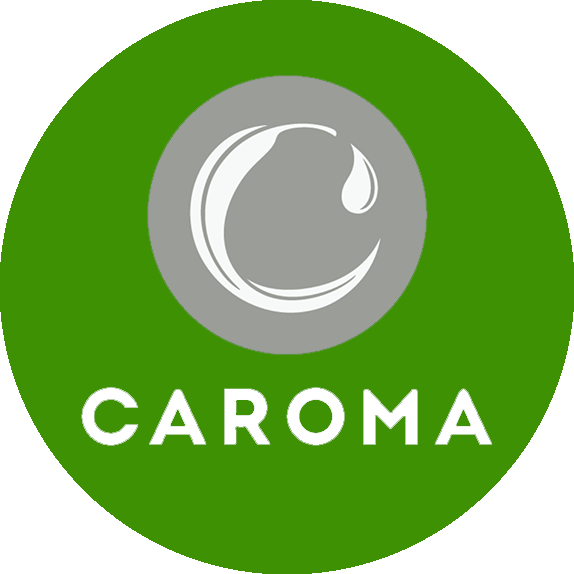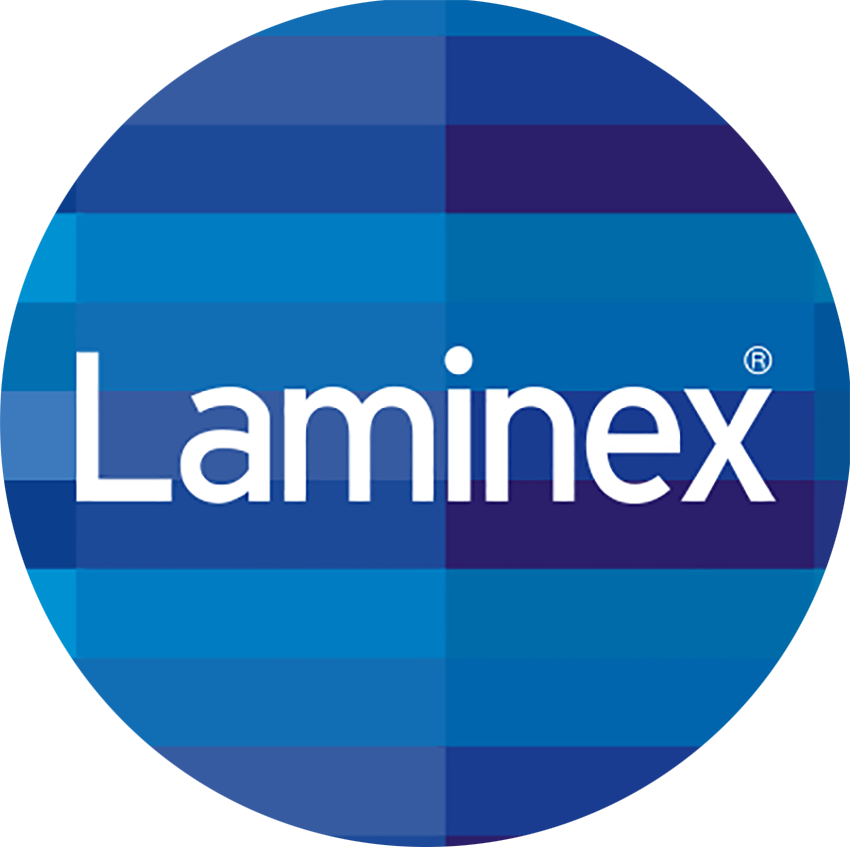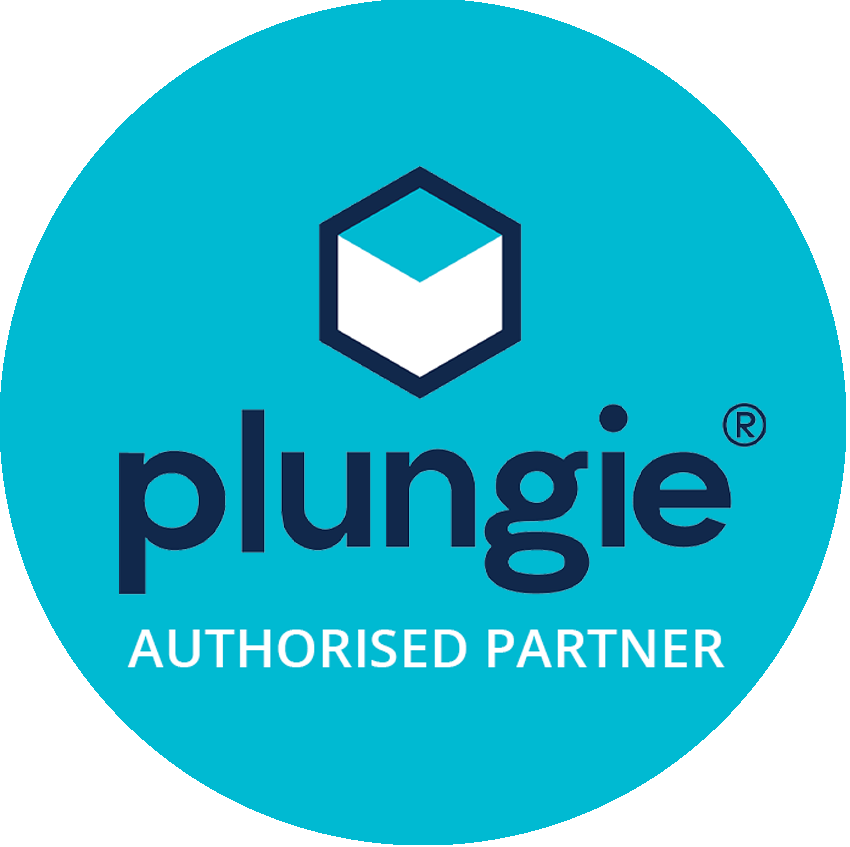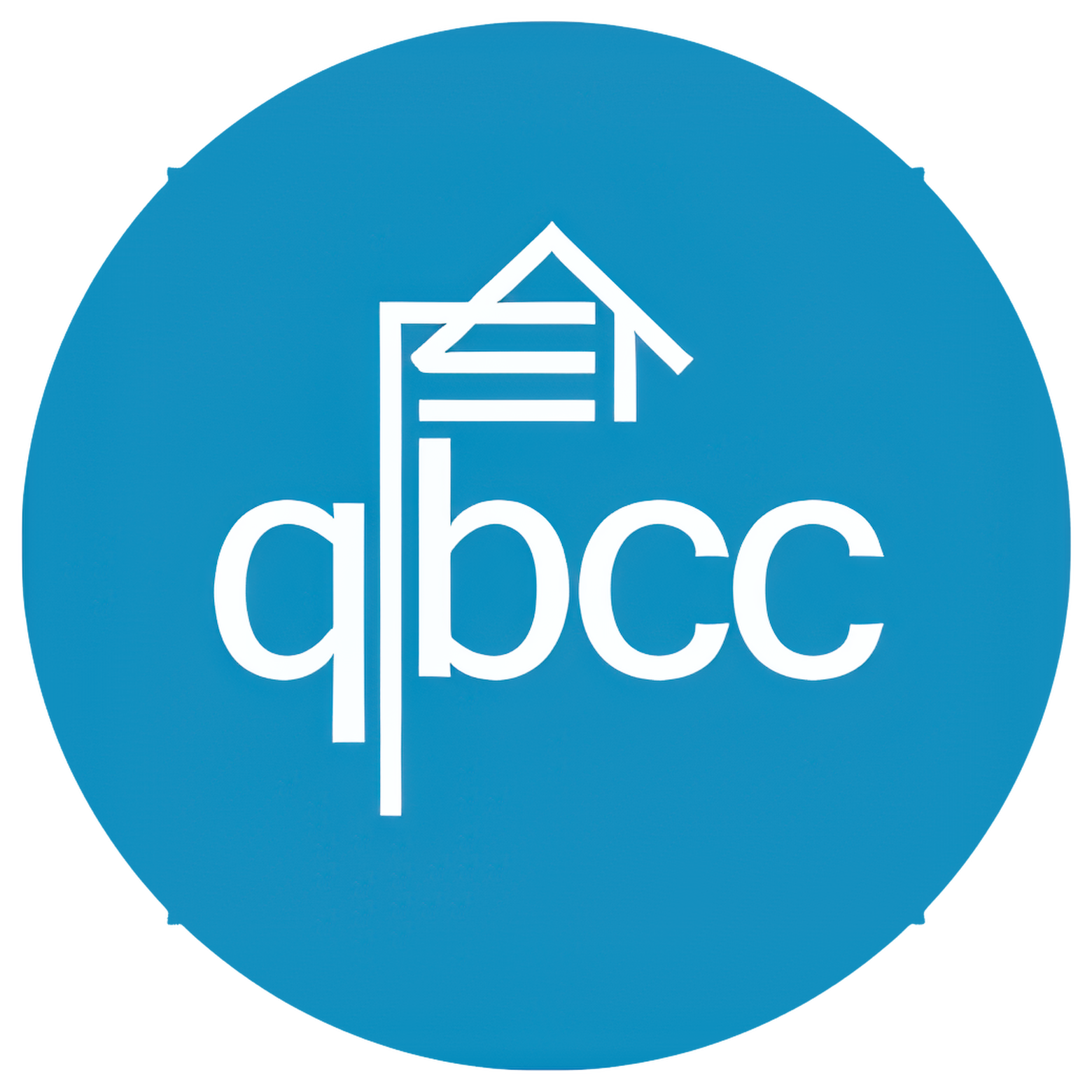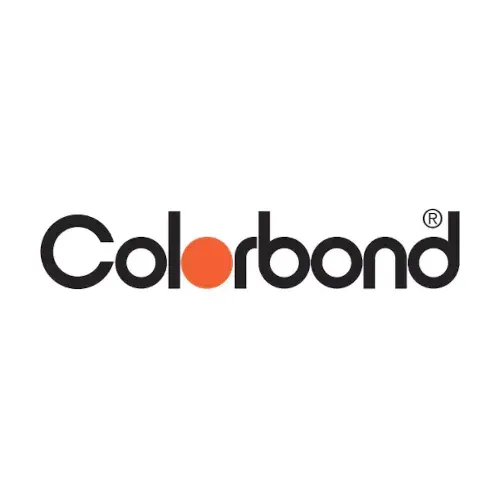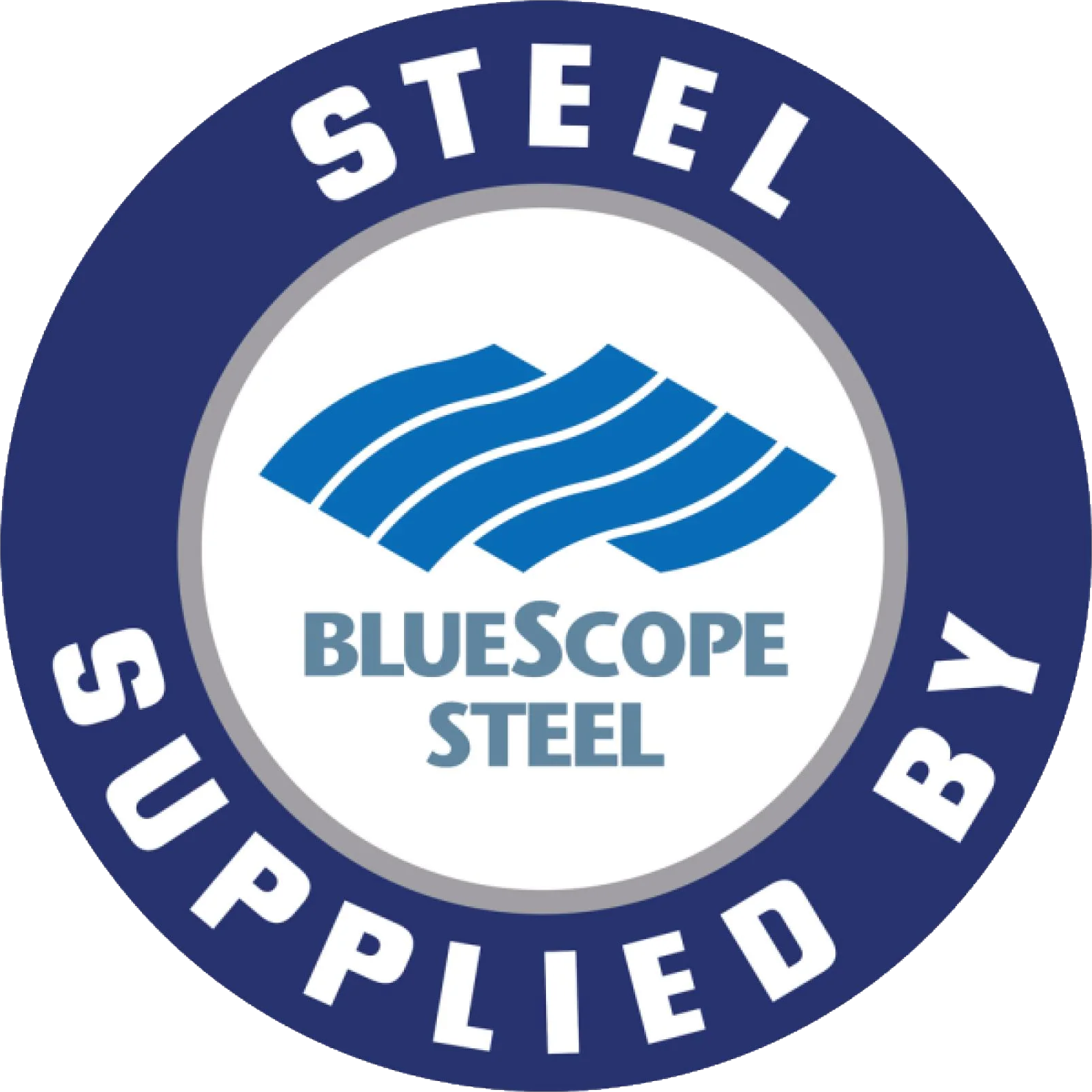Driveway Materials That Last: Exposed Aggregate vs Pavers vs Concrete
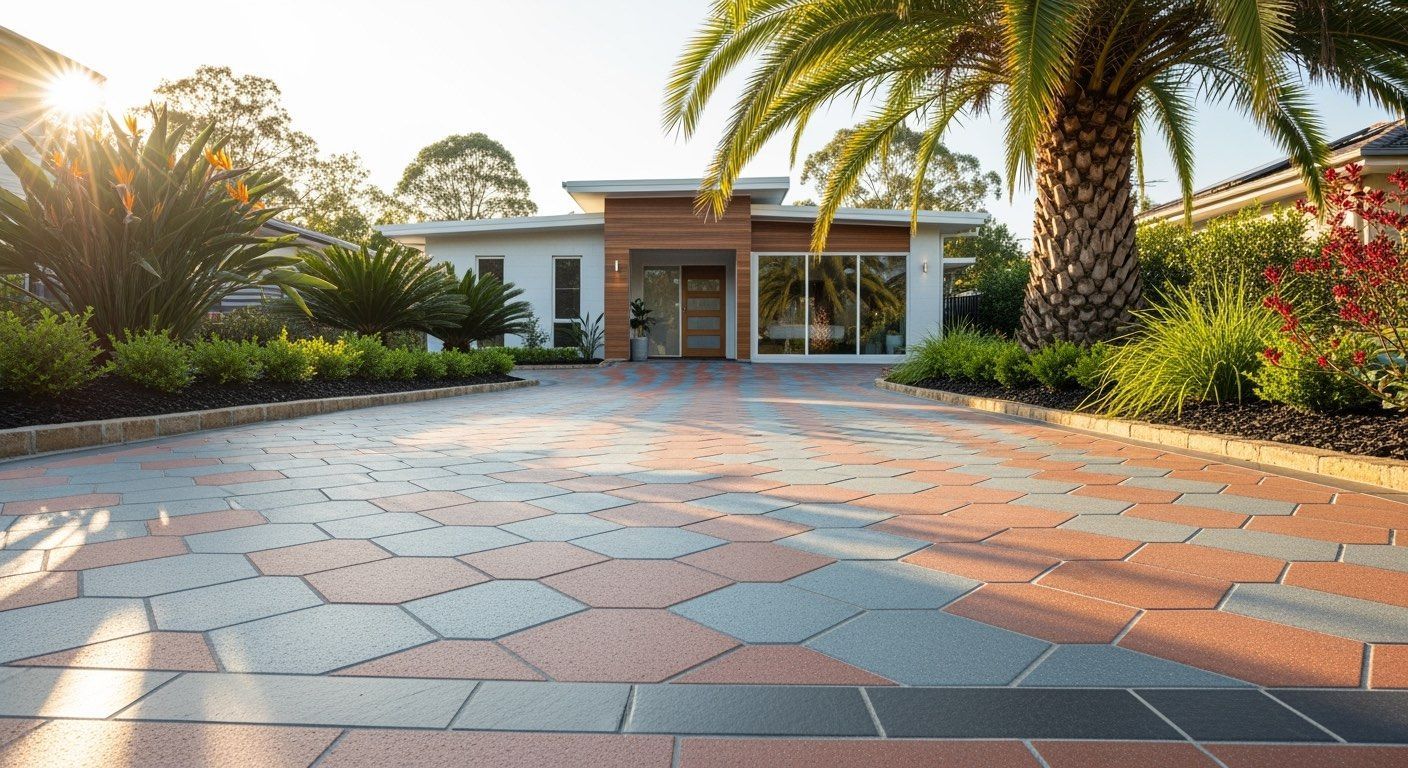
Choosing the right driveway surface in Queensland isn’t just about looks. It’s about how well it stands up to fierce summer sun, sudden downpours, salty coastal air, and weekend loads like boats or caravans—without cracking, rutting, or turning into a slippery mess. If you’re comparing an exposed aggregate driveway against pavers vs plain/coloured concrete, this guide gives you a clear, QLD-specific view of durability, maintenance, drainage, heat performance, and curb appeal—so you can make a confident choice and set your home up for decades of easy living.
At The Markon Group, we see three priorities define driveway decisions for Queensland homes:
- Heat and UV performance: Will it stay cooler underfoot and resist fading?
- Wet-weather performance: Does it drain properly, and keep good traction when it lashes down?
- Longevity and upkeep: How much maintenance is realistic, and how easy is repair if something moves or stains?
Throughout this article, we assume a cohesive exterior palette that includes a white colour bond roof for high heat reflectance and clean, modern street appeal. If your home includes a pool, or you’re planning one, we always integrate compliant glass fencing or a government-certified alternative—maintaining safety and views while keeping the material palette and drainage sensible around your driveway and paths.
What Queensland Throws at Your Driveway
Queensland stretches from hot, humid coasts to drier inland regions, but most areas have a few challenges in common:
- Intense UV and high radiant heat
- Dark, dense surfaces get hot fast and can fade or chalk without UV-stable sealers. Light-toned finishes and quality sealing make a big difference in comfort and longevity.
- Tropical downpours and storm events
- Heavy rain exposes poor falls and missing drains in one afternoon. Good design uses falls of roughly 1:80–1:100 and linear grates at garage thresholds to push water to a legal point of discharge.
- High humidity and shaded zones
- Damp corners can grow mould and algae on unsealed or smooth finishes. Textured surfaces and routine sealing help preserve grip and make cleaning easier.
- Reactive soils and coastal air
- Clay soils move, and salt air is corrosive. That means your driveway benefits from well-compacted bases, correct reinforcement, and appropriate sealers.
- Occasional heavy loads
- Boats, caravans, and delivery trucks ask more of your surface. Accounting for this in slab thickness or paver/base selection avoids ruts and cracks.
- Council compliance
- Crossovers, levels, finishes, and stormwater requirements must match your local council detail. We design to Australian Standards and align details in your plans so construction and approvals are straightforward.
With those realities in mind, let’s look at your three strongest driveway options in QLD.
Option 1: Exposed Aggregate Driveway
What it is
A concrete slab finished by washing or blasting back the surface to reveal decorative stones (aggregates). The pebbled texture looks premium and is naturally grippy underfoot.
Durability in QLD
- Excellent compressive strength when the concrete is properly specified.
- The textured finish retains traction during summer downpours and in shaded, damp zones.
- UV-stable, vehicular-grade sealers protect against fading and reduce staining from oil, rust, and leaf tannins.
Maintenance
- Resealing every 2–4 years (exposure-dependent) keeps the surface looking sharp and easier to clean.
- Annual soft pressure-wash is typically enough. Avoid harsh nozzles that can chew through the sealer.
- Localised repairs are possible, but achieving a perfect visual match can be tricky without records of the original blend and sealer.
Curb Appeal
- “Premium coastal” in one move. A light, speckled exposed aggregate pairs beautifully with a white colour bond roof and modern facades.
- The texture reads as high-end, while the micro-variation in the stones hides dirt and tyre marks better than flat finishes.
Heat and Colour
- Light tones reflect more heat, keeping the surface more comfortable underfoot in summer.
- Darker mixes can get very warm—choose lighter aggregates and cement tints for QLD conditions.
Slip Resistance
- Naturally high due to the exposed texture—an advantage on slopes, at curved entries, and near garden taps or car-wash zones.
Drainage
- Exposed aggregate is non-permeable, so you rely on designed falls and drains. Linear grates at the garage, edge strips to side setbacks, and connection to a legal discharge point ensure performance in storm bursts.
Typical Cost (QLD, 2025 estimate)
- Around $120–$180 per m² installed, depending on blend, access, thickness, and site complexity.
Lifespan
- 25+ years with good base preparation, reinforcement, correct jointing, and a resealing rhythm.
Common Mistakes to Avoid
- Under-specifying thickness where vehicles turn or park heavy.
- Missing or shallow control joints, leading to random cracking.
- Budget sealers that yellow, peel, or wear quickly.
- Poor base compaction that leads to slab settlement and visible cracks.
Best for: Homeowners who want a premium, textured finish with excellent wet traction and long service life—especially on modern homes and coastal facades anchored by a white colour bond roof.
Option 2: Pavers (Concrete or Clay, Standard or Permeable)
What they are
Individual units laid over a compacted base and bedding sand, locked with jointing sand. Permeable pavers use open-graded aggregates in the base and joints so water can infiltrate.
Durability in QLD
- Extremely durable when installed on a well-compacted base with robust edge restraints.
- Repairs are easy: lift and replace the specific pavers if services change, stains occur, or a tree root pushes up from below.
- For heavy loads, thicker pavers (e.g., 60–80 mm) and upgraded base layers resist rutting and wheel scuffing.
Maintenance
- Reseal every 2–4 years to maintain colour and stain resistance (especially for concrete pavers).
- Polymeric jointing sand helps lock joints, resisting weeds and ant disturbance.
- Occasional re-levelling may be needed in spots if the base was under-specified or if large roots encroach.
Curb Appeal
- Unmatched design flexibility: herringbone, stretcher, basketweave, borders, and colour banding.
- Permeable systems reduce runoff and pair beautifully with lush plantings, especially around pool zones enclosed by glass fencing or other government-certified fencing solutions.
Heat and Colour
- Clay pavers tend to stay cooler underfoot than dense, dark concrete pavers.
- Light tones and textured surfaces reduce heat gain and glare.
Slip Resistance
- Choose pavers with tested wet slip ratings and lean toward textured or shot-blasted finishes. Herringbone patterns also boost interlock and vehicle grip at turning points.
Drainage
- Standard pavers shed water like concrete and depend on falls and drains.
- Permeable systems allow infiltration through joints into the engineered base, easing strain on stormwater systems and promoting healthier planting around the driveway edges.
Typical Cost (QLD, 2025 estimate)
- Standard concrete pavers installed: approximately $120–$220 per m² (base thickness and pattern complexity matter).
- Permeable systems: approximately $180–$280 per m² due to specialised base aggregates and installation steps.
Lifespan
- 25+ years with proper base, edge restraints, and periodic maintenance—plus the easiest long-term refresh options of any surface.
Common Mistakes to Avoid
- Skimping on base thickness/compaction, leading to settlement or rutting.
- Omitting edge restraints—pavers “walk” under turning wheels and slowly open up.
- Using ordinary sand instead of polymeric/stabilised joints in high-rain or high-traffic areas.
Best for: Homeowners who value design flexibility and easy repairs, or want stormwater benefits via permeable systems—especially in lush landscapes and around pool areas with compliant glass fencing.
Option 3: Plain or Coloured Concrete
What it is
A monolithic concrete slab finished with a broom, stipple, trowel, stencil, or stamped pattern. Oxides can tint the slab for colour.
Durability in QLD
- Very solid, reliable performance with correct reinforcement, jointing, and drainage.
- Random cracking is more visible on uniform finishes if joints are missed or subgrade prep is lacking. Most cracks are cosmetic but can be visually distracting.
Maintenance
- Lower day-to-day maintenance than pavers, but still benefits from sealing to resist oil and leaf-tannin stains.
- Annual soft pressure-wash usually suffices. Reseal every 2–4 years to protect the finish and help with cleaning.
Curb Appeal
- Clean, minimalist look that suits many facades and budgets.
- Broom or light texture recommended for traction. Stencil/stamped effects can mimic pavers, though heat and slip characteristics should be confirmed.
Heat and Colour
- Light colours reflect heat and stay more comfortable underfoot. Dark oxides can become very hot in full sun.
Slip Resistance
- Broom finishes are safer when wet than smooth trowel finishes. Add fine grit in sealers on slopes or shaded entries.
Drainage
- Non-permeable—relies on good falls and drains. Linear grates at the garage make a big difference during summer bursts.
Typical Cost (QLD, 2025 estimate)
- Approximately $90–$160 per m² depending on thickness, oxide, access, and finish choice.
Lifespan
- 20–30 years with correct reinforcement, jointing, and periodic resealing.
Common Mistakes to Avoid
- Overly smooth finishes that turn slippery in the wet.
- Control joints cut too late or too shallow to be effective.
- Skipping sealing, allowing deep stains to set.
Best for: A clean, budget-aligned driveway that performs well with smart joint spacing and a light, heat-reflective finish—great for modern homes under a white colour bond roofline.
Pavers vs Concrete vs Exposed Aggregate: Which Fits Your Site?
Use this QLD-focused decision guide:
- Premium curb appeal, flat-to-gentle slopes, and reliable wet traction
- Exposed aggregate in lighter tones. It looks high-end, stays grippy, and complements contemporary facades and white colour bond rooflines.
- Design flexibility, ease of repair, and potential stormwater benefits
- Pavers. Standard interlocking pavers for a classic driveway; permeable pavers if you want infiltration and greener gardens.
- Clean, minimalist look on a sharper budget with sensible jointing and sealing
- Plain/coloured concrete with a broom finish and light colour to reduce heat.
Special scenarios:
- Steep driveways
- Prioritise slip resistance. Exposed aggregate and textured pavers generally outperform smooth finishes and many stamped patterns.
- Heavy parking (boats, caravans, trailers)
- Increase slab thickness or paver/base specs in turning/parking zones to avoid ruts and random cracking.
- Tight verges and crossovers
- Precisely set falls and consider linear grates to avoid ponding at the footpath and to meet council detail.
- Near pool zones
- Keep traction high and textures consistent. Always maintain compliant glass fencing or other government-certified fencing around pools and consider the driveway-to-pool path interface.
QLD-Specific Compliance and Best Practices
- Driveway crossing and council compliance
- The crossover must match council detail for levels, thickness, finish, and proximity to services. Align early in design to avoid rework.
- Stormwater and legal discharge
- Surface runoff must be directed to a legal point of discharge. Linear grates at the garage threshold stop backflow into the house during heavy bursts.
- Australian Standards alignment
- We design to relevant Australian Standards (e.g., residential pavements), ensuring compaction, reinforcement, and jointing practice follow proven guidelines.
- Tree root management
- Root barriers and separation techniques reduce future lifting or hollowing beneath slabs and pavers near established trees.
- Safety and sightlines
- Where the driveway interfaces with a pool area, maintain compliant separation with glass fencing or an approved alternative—preserving views and safe movement.
Design Considerations That Elevate Curb Appeal
- Tone and reflectivity
- Lighter surfaces reflect more sun, run cooler, and harmonise with a white colour bond roof. Pale greys, sandy neutrals, and light, speckled aggregates are QLD naturals.
- Borders and banding
- Use a contrasting band or header course to frame the driveway and define garden edges. It adds design intent and can help visually hide future hairline cracks on concrete slabs.
- Lighting
- Low-voltage bollards, recessed edge lighting, or under-step LEDs improve safety and highlight texture at night—especially striking on exposed aggregate and honed pavers.
- Thresholds and transitions
- Flush thresholds to pathways improve accessibility. Linear grates at the garage keep interiors dry.
- Landscape integration
- Planting strips and permeable edges soften glare, reduce heat, and soak incidental runoff. They also create a more welcoming entry sequence.
Long-Term Care: A Simple Maintenance Rhythm
- Quarterly
- Sweep or blow off grit and leaves; spot-treat fresh stains (oil, tannin, rust) before they set.
- Annually
- Soft pressure-wash to refresh. For pavers, check jointing sand and top up polymeric joints if needed; address ants or weeds promptly.
- Every 2–4 years
- Reseal with a UV-stable, vehicular-grade sealer suited to your surface. Consider adding a fine grit in steeper or shaded zones for extra traction.
- As needed
- Pavers: Re-level isolated dips or edges by lifting, re-screeding, and relaying. Concrete/aggregate: Inspect joints; caulk or re-cut where movement concentrates.
Pro tip: Keep a small stash of spare pavers or a record of your exposed aggregate blend, cement tint, and sealer brand. It makes future touch-ups straightforward.
Sustainability and Heat-Smart Choices for QLD
- High-reflectance finishes
- Light colours and speckled textures help lower surface temperatures and reduce the heat island effect around the facade.
- Permeable systems
- Permeable pavers keep more rain on-site, easing stormwater load and supporting healthier gardens. Pair with rain gardens or on-site detention where appropriate.
- Local materials and aggregates
- Reduce transport emissions and often deliver a regional aesthetic that suits coastal or hinterland settings.
- Build once, build well
- A robust base, correct reinforcement, smart joints, and designed drainage are the greenest choices—minimising repairs and premature replacement.
Common Pitfalls We See (And How to Avoid Them)
- Insufficient base compaction
- It’s the root cause of settlement, rutting, and cracks. Proper proof-rolling and layered compaction pay off for decades.
- Late or shallow sawcuts (concrete)
- Control joints must be timely and deep enough to work. Plan the sawcut window and depth as part of the pour sequence.
- Missing edge restraints (pavers)
- Without a rigid edge, pavers drift and joints open. Kerb restraints or concrete haunching lock the pattern long-term.
- Poor drainage planning
- Water always wins. Set true falls from the outset and integrate strip drains connected to a legal discharge point.
- Budget sealers
- Cheap sealers can yellow, peel, or wear early in QLD sun. Use UV-stable, vehicular-grade products matched to your surface texture.
Example Specifications by Driveway Type
Use these as planning references; your final details will depend on soil, slope, traffic loads, and council requirements.
1,Exposed Aggregate (Standard Vehicle Use)
- Base: Compacted road base (typ. 75–100 mm) over proof-rolled subgrade; add geotextile over reactive clays.
- Slab: Nominal 100 mm thickness; higher in turning/parking zones.
- Finish: Exposed wash to an approved on-site sample; consistent reveal and texture.
- Joints: Control joints in sensible panels; isolation at walls, garage slab, and services.
- Falls/Drainage: Approximately 1:80 to linear grates or strip drains; no ponding at thresholds.
- Sealing: UV-stable vehicular-grade; monitor and reseal based on exposure.
2,Pavers (Interlocking, Non-Permeable)
- Subgrade: Proof-rolled and shaped to falls; stabilise soft spots as needed.
- Separation: Geotextile over clays to prevent base contamination.
- Base: Compacted road base (often 100–150 mm); thicker in heavy-use areas.
- Bedding: Washed concrete sand (approx. 20–30 mm), screeded to level and falls.
- Units: 60–80 mm concrete or clay pavers; herringbone patterns increase interlock.
- Joints/Edges: Polymeric sand; rigid edge restraints (haunch/kerb).
- Drainage: Designed falls to grates or soak features; consider permeable pavers for infiltration goals.
3,Permeable Pavers
- Layers: System-specific open-graded aggregates for base and bedding; geotextiles as required.
- Units: Rated permeable pavers with tested compressive and wet slip performance.
- Hydraulics: Provide overflow to stormwater for extreme events; inspect annually for silt build-up.
4,Plain/Coloured Concrete
- Base: Compacted road base (typ. 75–100 mm); increase in turning zones if needed.
- Slab: approx. 100 mm thickness (increase for heavy-use); choose light oxides for heat.
- Finish: Broom or lightly textured; add grit in sealer for slopes.
- Joints: Regular control joints and isolation at fixed elements; cut within recommended timing.
- Drainage/Sealing: As per exposed aggregate; reseal rhythm 2–4 years.
Style Notes: Bringing It All Together
- Facade pairing
- A white colour bond roof sets a crisp, high-reflectance tone. Light driveway finishes keep the composition bright, modern, and heat-smart.
- Pool integration
- Where the driveway shares sightlines with the pool area, keep materials coherent and traction consistent. Always ensure fully compliant glass fencing or a government-certified alternative around the pool for safety and clear views.
- Cohesive outdoor flow
- Match or complement the driveway with pathways and entry thresholds so your approach feels intentional, safe, and welcoming—day and night.
The Bottom Line
- Choose Exposed Aggregate for premium texture, strong wet traction, and modern curb appeal that complements light, reflective rooflines.
- Choose Pavers for design flexibility and the easiest repairs; go permeable if you want to support infiltration and greener gardens.
- Choose Plain/Coloured Concrete for a clean, budget-aligned solution—just commit to sensible jointing and a light, heat-reflective finish.
Across all options, fundamentals matter most: base preparation, falls and drainage, reinforcement (or base layers for pavers), control joints, and UV-stable sealing. Get those right and your driveway will stay straight, safe, and stunning for a very long time.
Plan Your Driveway as Part of Your Custom Home Design
When designing a custom home with The Markon Group, your driveway specification is included as a standard step in the planning and selections process
—no separate booking required. We’ll guide you through exposed aggregate, pavers, and plain/coloured concrete with QLD heat, UV, and wet-weather performance in mind, then integrate your choice into the architectural drawings, engineering, and build program.
What’s included in the planning stage:
- Options matrix tailored to your site: exposed aggregate vs pavers vs concrete, with indicative costs, durability, and maintenance.
- Site-specific detail for base layers, reinforcement or paver selection, jointing approach, and thickness in turning/parking zones.
- Drainage and falls plan to legal discharge—linear grates, strip drains, and thresholds that keep water out of your garage.
- Council-ready crossover details and levels aligned to footpath/kerb requirements.
- Finish and colour guidance: light, heat-smart tones that complement a white colour bond roof for cooler, cohesive curb appeal.
- Integration with outdoor areas and any pool zones—always maintaining compliant glass fencing or a government-certified alternative for safety and clear sightlines.
- Future-ready provisions: conduits beneath the driveway for gates, lighting, EV charging, irrigation, and services—so you’re not cutting into it later.
- Build-sequence timing: when to pour, pave, and seal in relation to slab, façade works, and landscaping.
Your consultant will cover driveway options early in selections. Already collaborating with our design team at The Markon Group? We’ll confirm levels, falls, and finishes so your chosen driveway looks seamless and performs flawlessly from day one.
